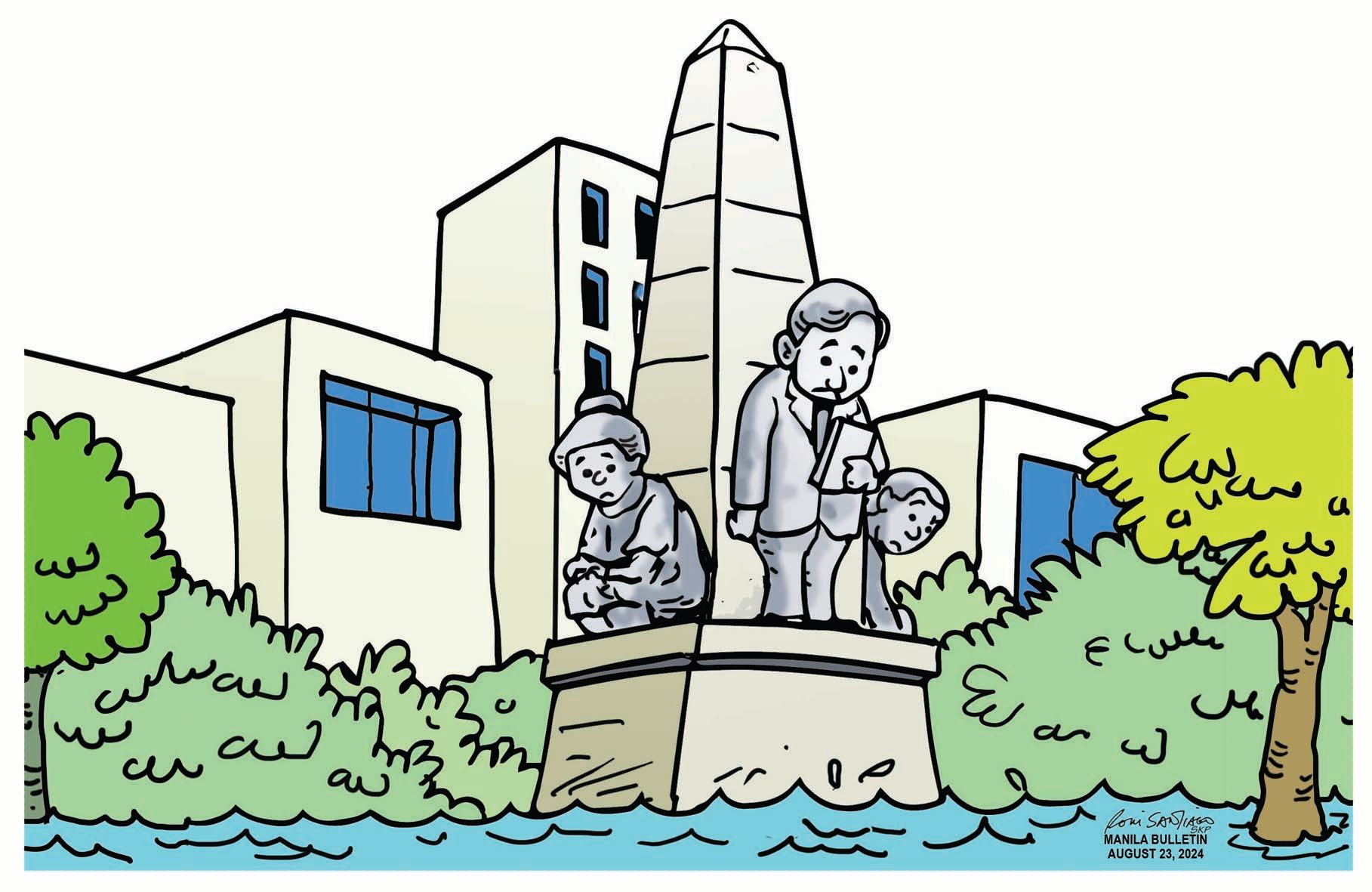Sustainable development practices needed to check sea level rise in Manila Bay

The current rate of sea level rise in Manila, now at approximately 2.6 centimeters or 26 millimeters per year, is alarming. To say that this is a cause for concern is an understatement. Just imagine, in the 1900s the historical average was only 1.3 millimeters per year.
According to the National Mapping and Resource Information Authority (NAMRIA), Metro Manila’s sea level has risen by an average of 8.4 millimeters a year from 1901 until 2022, almost three times the global average of 3.4 mm a year in the same period.
This rapid increase, exacerbated by extensive groundwater extraction, poses a significant threat to the city. And it doesn’t help that there are a number of reclamation projects in Manila — some are ongoing and some were suspended, albeit, temporarily.
Reclamation projects in Manila Bay, aimed at expanding usable land for urban development, will exacerbate the rising sea levels. In Archimedes principle, any object submerged in fluid displaces an amount of fluid equal to its own volume. The volume of solid dump in reclamation areas will displace Manila Bay water equal to its volume.
These projects, which include the creation of new islands and the expansion of coastal areas, will heighten risks of flooding and land subsidence. The combination of rising sea levels and sinking land due to groundwater extraction and reclamation create a precarious situation where low-lying areas in Metro Manila and neighboring provinces could quickly become inundated.
To mitigate these risks and avoid potential disasters, several measures must be taken.
Comprehensive environmental impact assessments (EIAs) are crucial as they provide clearer understanding of the long-term impacts of sea level rise and land subsidence and serve as guide in the planning and implementation of projects to ensure they are sustainable and resilient.
Another important measure is the strengthening of coastal defenses. Investing in robust coastal defense systems, such as seawalls, mangrove restoration, and flood barriers, can help protect communities. Mangroves, in particular, play a crucial role in buffering storm surges and stabilizing coastal soils.
Regulating groundwater extraction is another key factor. Implementing stricter regulations on groundwater extraction can help reduce land subsidence. Encouraging the use of alternative water sources and promoting water conservation practices are essential steps in this direction.
Another vital measure is adherence to the continuing Supreme Court mandamus that mandates the cleanup and preservation of Manila Bay. Compliance with this order is crucial, as it emphasizes the need for sustainable development practices that do not compromise the bay’s ecological integrity.
Engaging the public and local communities in the planning and decision-making processes ensures that the voices of those most affected by these projects are heard. Public awareness campaigns can also highlight the importance of sustainable practices and the risks associated with unchecked development.
The rising sea levels in Manila Bay already present a clear and present danger to communities in Metro Manila and neighboring provinces. The least stakeholders can do is to avoid exacerbating the situation. Clearly, it doesn’t help that reclamation projects are pursued in Manila Bay. These should be done elsewhere — in areas where it is environmentally sustainable.
This is why it is crucial that we all act now to protect our coastal communities from flooding and preserve the natural beauty of Manila Bay for this generation and the generations to come.